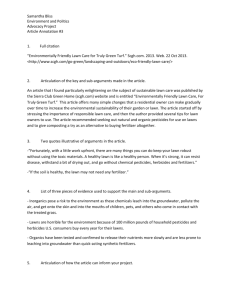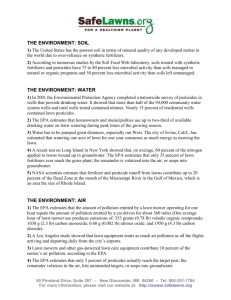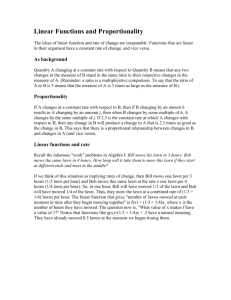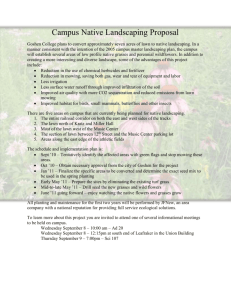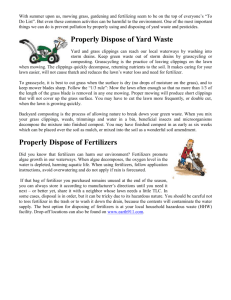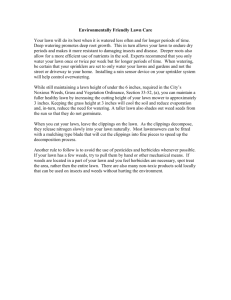White Grubs in Your Lawn
advertisement
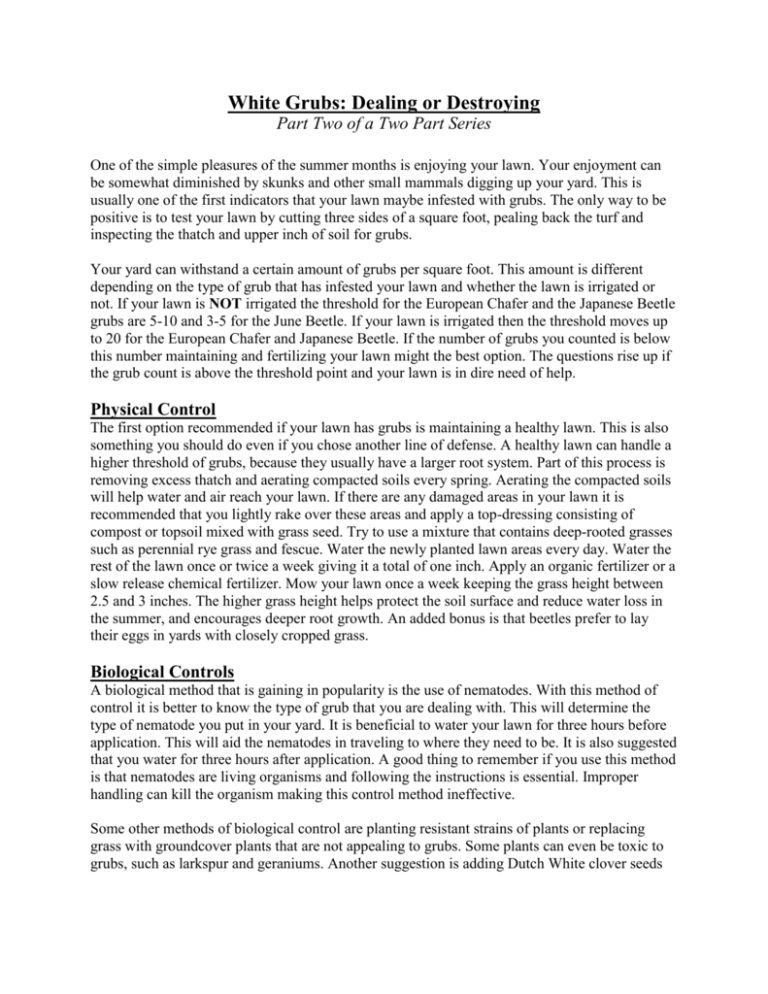
White Grubs: Dealing or Destroying Part Two of a Two Part Series One of the simple pleasures of the summer months is enjoying your lawn. Your enjoyment can be somewhat diminished by skunks and other small mammals digging up your yard. This is usually one of the first indicators that your lawn maybe infested with grubs. The only way to be positive is to test your lawn by cutting three sides of a square foot, pealing back the turf and inspecting the thatch and upper inch of soil for grubs. Your yard can withstand a certain amount of grubs per square foot. This amount is different depending on the type of grub that has infested your lawn and whether the lawn is irrigated or not. If your lawn is NOT irrigated the threshold for the European Chafer and the Japanese Beetle grubs are 5-10 and 3-5 for the June Beetle. If your lawn is irrigated then the threshold moves up to 20 for the European Chafer and Japanese Beetle. If the number of grubs you counted is below this number maintaining and fertilizing your lawn might the best option. The questions rise up if the grub count is above the threshold point and your lawn is in dire need of help. Physical Control The first option recommended if your lawn has grubs is maintaining a healthy lawn. This is also something you should do even if you chose another line of defense. A healthy lawn can handle a higher threshold of grubs, because they usually have a larger root system. Part of this process is removing excess thatch and aerating compacted soils every spring. Aerating the compacted soils will help water and air reach your lawn. If there are any damaged areas in your lawn it is recommended that you lightly rake over these areas and apply a top-dressing consisting of compost or topsoil mixed with grass seed. Try to use a mixture that contains deep-rooted grasses such as perennial rye grass and fescue. Water the newly planted lawn areas every day. Water the rest of the lawn once or twice a week giving it a total of one inch. Apply an organic fertilizer or a slow release chemical fertilizer. Mow your lawn once a week keeping the grass height between 2.5 and 3 inches. The higher grass height helps protect the soil surface and reduce water loss in the summer, and encourages deeper root growth. An added bonus is that beetles prefer to lay their eggs in yards with closely cropped grass. Biological Controls A biological method that is gaining in popularity is the use of nematodes. With this method of control it is better to know the type of grub that you are dealing with. This will determine the type of nematode you put in your yard. It is beneficial to water your lawn for three hours before application. This will aid the nematodes in traveling to where they need to be. It is also suggested that you water for three hours after application. A good thing to remember if you use this method is that nematodes are living organisms and following the instructions is essential. Improper handling can kill the organism making this control method ineffective. Some other methods of biological control are planting resistant strains of plants or replacing grass with groundcover plants that are not appealing to grubs. Some plants can even be toxic to grubs, such as larkspur and geraniums. Another suggestion is adding Dutch White clover seeds in your lawn. The addition of birdhouses will help in bringing wildlife into your yard as some birds eat grubs (starlings, blackbirds). Chemical Controls Chemical controls or pesticides require some investigation and timing. If you are using the wrong kind of pesticide it can result in little or no control and also cost a great deal of money. This same result will also plague you if you apply a pesticide at the wrong time of the year. Because pesticides are basically a type of poison they all come with labels that tell you exactly how to use them. There are a couple different types of pesticides that are used on white grubs. Before using pesticides it is always good to ask yourself five questions: 1. 2. 3. 4. 5. What pests do you have? Where are they coming from? What are they eating or where do you find the pests or disease? What are your control choices? Which control method will control your pests while causing the least harm? Some of the different types of chemical controls (pesticides) used on white grubs are carbaryl (Sevin), trichlorfon (Dylox), imidacloprid (Merit), and halofenozide (Mach2). The chemicals Sevin and Dylox should be applied in spring and fall to be effective. Merit and Mach2 should be applied in early July. Reducing the thatch can help increase control success. All grub control products should be thoroughly watered in to be effective. Please read all label instructions and follow them precisely. Never use more than what is recommended on a pesticide label! Using a combination of the above method will increase your chances of success. The physical controls are recommended regardless. Remember that research and understanding are the best ways to approach solving any problem, including lawn problems.
